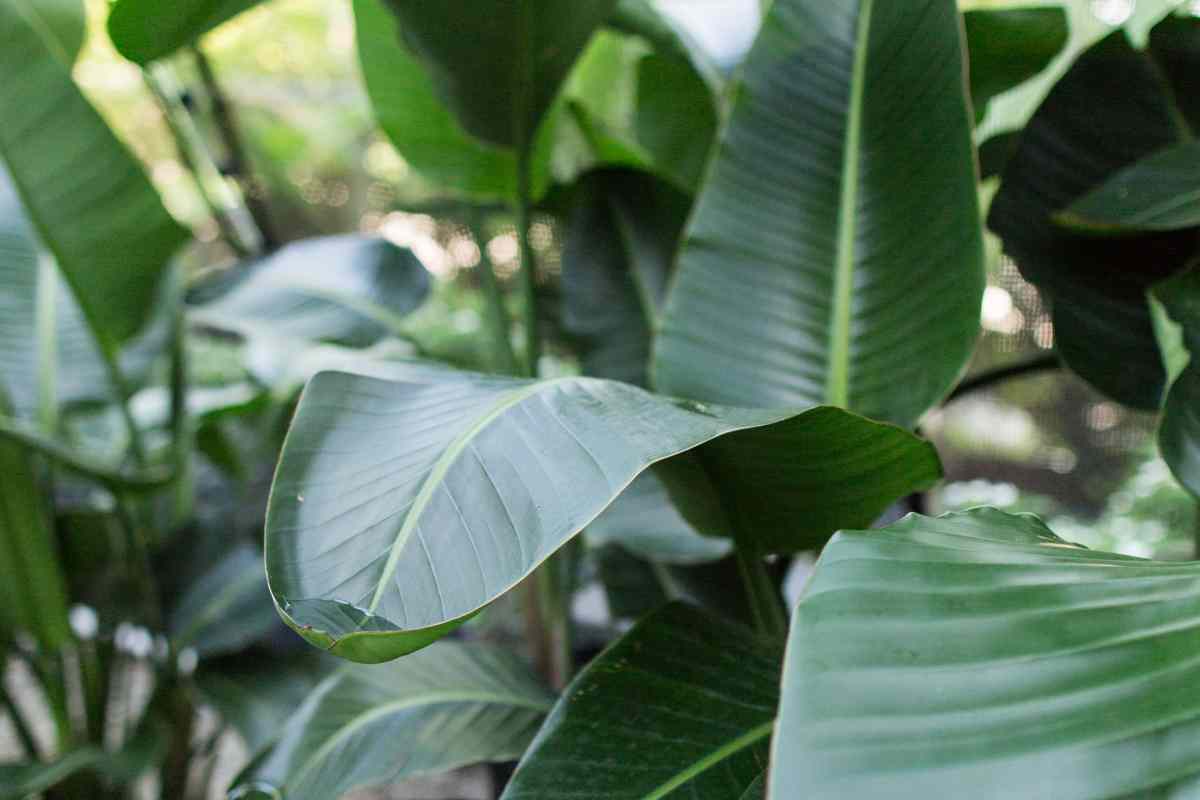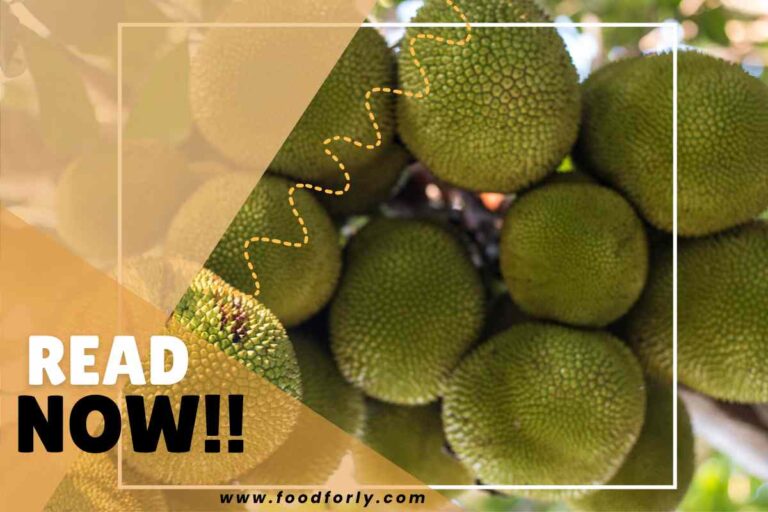Why Is My Bird Of Paradise Drooping
Is your bird of paradise drooping and looking sad? Don’t worry, there are several reasons why this may be happening, and we’re here to help you figure it out.
First things first, let’s talk about watering. Are you providing enough water for your plant? Bird of paradise plants need consistent moisture but should never be allowed to sit in standing water.
Next, check for pests like spider mites or aphids that can cause damage to the leaves and make them droop.
Why Is My Bird Of Paradise Drooping

Lighting conditions could also be a factor – these plants thrive in bright indirect light, so make sure they’re getting enough sunlight.
Additionally, temperature and humidity levels play a role in their health.
Lastly, ensure your bird of paradise is receiving adequate nutrients and care by fertilizing regularly and keeping an eye on its overall well-being.
By addressing these factors, you’ll soon have a happy and thriving bird of paradise in your home!
Understand the Watering Needs of Your Bird of Paradise
If you’re wondering why your bird of paradise is drooping, it might be time to take a closer look at how you’re watering it. Proper watering is essential for the health and vitality of your plant. Bird of paradise plants require a moderate amount of water, so it’s important not to overdo it. Overwatering can lead to root rot and ultimately cause the leaves to droop.
To avoid this, water your bird of paradise thoroughly but allow the top inch or so of soil to dry out before watering again. Signs of overwatering include yellowing leaves, wilting foliage, and a mushy stem base. By understanding the watering needs of your bird of paradise and avoiding excessive moisture, you can help prevent drooping and promote healthy growth.
Check for Pest Infestations
Inspect your bird of paradise plant closely for any signs of pests, as they may be causing its drooping appearance. Pest infestations can weaken the plant and cause it to lose its vitality. Look for common signs such as yellowing or spotted leaves, sticky residue on the leaves or surrounding areas, and tiny holes in the foliage. If you spot any of these indicators, it’s important to take action immediately to prevent further damage. Consider using natural remedies for pest control, such as neem oil or insecticidal soap, which are safe for both your plant and the environment. Regularly inspecting your indoor plants for signs of pests is crucial in maintaining their health and preventing infestations from spreading to other plants in your home.
Evaluate the Lighting Conditions
To evaluate the lighting conditions for your bird of paradise plant, you need to understand its ideal lighting requirements. Bird of paradise plants thrive in bright, indirect sunlight, so make sure they are placed near a window where they can receive ample light throughout the day. If you notice your plant drooping or not blooming as much, try adjusting its placement to optimize sunlight exposure. Watch it thrive again.
Ideal lighting requirements for bird of paradise plants
The ideal lighting for bird of paradise plants is bright, indirect sunlight to help them thrive and show off their vibrant blooms. While they can tolerate some direct sunlight, too much can scorch their leaves. On the other hand, insufficient light can cause your bird of paradise to become leggy and have fewer flowers. It’s important to strike a balance when it comes to lighting conditions.
When considering natural light versus artificial light for your bird of paradise, natural light is always preferred. However, if you don’t have access to adequate natural light, you can supplement with artificial lighting. Just make sure the artificial lights provide a similar spectrum as natural sunlight.
Common mistakes in lighting bird of paradise plants include placing them in areas with too much direct sunlight or keeping them in dimly lit corners of your home. Remember that finding the right balance of bright, indirect sunlight will help your bird of paradise thrive and keep its stunning appearance.
| Natural Light | Artificial Light |
|---|---|
| Bright, indirect sunlight | Full-spectrum grow lights |
| Mimics outdoor conditions | Mimics natural daylight |
| Preferred choice | Supplemental option |
By providing the ideal lighting requirements for your bird of paradise plant, you’ll be helping it reach its full potential and enjoy its beautiful blooms.
Adjusting the placement of your plant to optimize sunlight exposure
Move your plant to different areas of your home to find the perfect spot where it can bask in the sunlight and display its stunning beauty. Bird of paradise plants thrive in bright, indirect light, so it’s essential to maximize growth and prevent leaf discoloration. Experiment with placing your plant near windows that receive ample sunlight throughout the day. However, be cautious of direct sunlight as it can scorch the leaves.
If you notice your bird of paradise drooping or its leaves turning yellow, it may be an indication that it needs more light. Try moving it closer to a window or even outside on a patio or balcony for a few hours each day. Remember to rotate the plant regularly so all sides receive equal exposure to sunlight, ensuring healthy and vibrant foliage.
Assess the Temperature and Humidity Levels
Check if the temperature and humidity levels are suitable for your bird of paradise, as it may be causing its drooping appearance. Bird of paradise plants thrive in warm temperatures between 60-70°F (15-21°C) during the day and around 55°F (13°C) at night. If the temperature drops below these ranges, it can stress the plant and cause its leaves to droop. Similarly, inadequate humidity levels can also lead to drooping leaves. Bird of paradise plants prefer a humid environment with around 50-70% humidity. To assess the temperature and humidity levels effectively, you can use a digital thermometer and hygrometer. These tools will help you monitor the conditions accurately and make necessary adjustments if needed.
| Temperature | Humidity |
|---|---|
| 60-70°F | 50-70% |
Assessing plant health is crucial in identifying signs of stress early on. Look out for wilted or discolored leaves, brown edges, or a general lack of vigor in your bird of paradise plant. By recognizing these signs and taking appropriate action to adjust temperature and humidity levels accordingly, you can help restore your bird of paradise’s health and prevent further drooping.
Provide Adequate Nutrients and Care
Make sure you’re giving your bird of paradise plant enough nutrients and care to help it thrive. Nutrient deficiencies can cause your plant to droop and not reach its full potential. One common problem is a lack of nitrogen, which can result in yellowing leaves and stunted growth. To fix this, use a balanced fertilizer with a higher nitrogen content.
Another common issue is insufficient potassium, which can lead to weak stems and poor flowering. Applying a potassium-rich fertilizer or adding banana peels around the base of the plant can help address this deficiency.
Additionally, make sure you are providing adequate water and proper drainage to prevent root rot, as overly wet soil can also cause drooping leaves.
With proper nutrients and care, your bird of paradise will flourish and bring beauty to your space.
Conclusion
So, if your bird of paradise is drooping, it’s important to address the possible causes.
Make sure you’re watering it properly and checking for any pesky pests.
Also, evaluate the lighting conditions and make sure they’re suitable for your plant.
Additionally, consider the temperature and humidity levels in its environment.
Finally, provide adequate nutrients and care to help revive your bird of paradise.
By addressing these factors, you can help prevent drooping and keep your plant healthy and vibrant.




